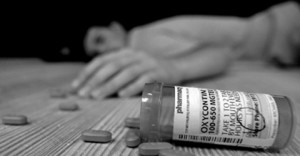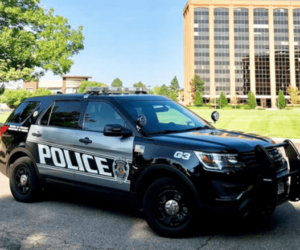In 2009, more than 1.2 million people were treated in hospital emergency rooms for the non medical use of prescription and over-the-counter drugs. This number has more than doubled in recent years, from about 500,000 visits in 2004. For the first time, the number of emergency room visits for the non-medical use of both prescription and over-the-counter drugs surpassed the number of visits for illicit drug abuse.

The figures were based on a study conduction by the Drug Abuse Warning Network (DAWN), a government program that monitors ER visits and deaths caused by drugs. According to DAWN, the prescription drugs that were most often involved in ER visits were:
- Opioids, which are used to relieve pain and include oxycodone (brand names OxyContin and Roxicodone), hydrocone and methadone.
- Benzodiazepines, which are used to treat anxiety and insomnia and include the brands Xanax, Klonapin, Valium and Ativan.
- Zolpidem (brand name Ambien), a sleep aid.
The alarming rise in prescription drug abuse includes both sexes and all ages, including teens and young adults. According to a statement released by the Office of Nation Drug Policy Control, “The abuse of prescription drugs is our nation’s fastest-growing drug problem.” The findings show that prescription drug abuse is a public health threat that is seriously impacting the health care system.
At the same time as the number of ER visits for prescription drugs is on the rise, doctors are writing more prescriptions for pain medications and other types of drugs. Many people who abuse prescription drugs steal the drugs from someone with a prescription or obtain a prescription illegally. Researchers at the National Center on Addiction and Substance Abuse at Columbia University found that 20% of teenager claim to be able to access prescription drugs in less than an hour. Prescription drugs are also sold on the street alongside illegal drugs like cocaine and heroin.
Dr. Thomas Frieden, Director of the U.S. Centers for Disease Control and Prevention (CDC), issued a statement calling for urgent action. “These prescription medicines help many people, but we need to be sure they are used properly and safely.” Under pressure from the federal government, pharmaceutical companies are attempting to stem the abuse of their products. For example, a reformulated OxyContin tablet is designed to prevent chewing, cutting or dissolving in water since this is how abusers accelerate the drug’s effects. However, this will not prevent abusers from swallowing a greater number of tablets to get high.

